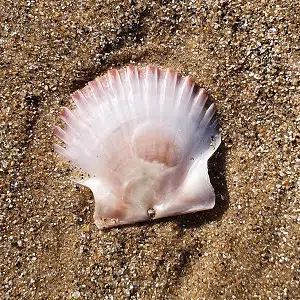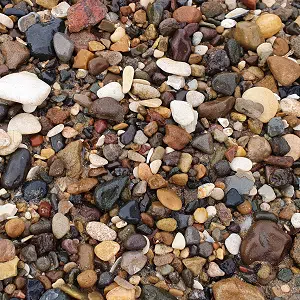Holderness Offshore MCZ is a relatively shallow area of sea with high species diversity
The seabed within the Holderness Offshore MCZ is primarily made up of coarse sediment and sand, which provides plentiful habitat for crabs, lobsters and a range of fish species. The ocean quahog, a bivalve mollusc that can live for hundreds of years, has also been found here.
The site protects part of the Inner Silver Pit glacial tunnel valley – an ancient river or glacial melt-water valley which was formed when the sea level was much lower.
Map of the MCZHow is the MCZ managed?
The protected area is positioned approximately 11km offshore and lies across the 12nm territorial sea limit. This means that both Natural England and the JNCC are involved in sharing advice about management of the site, and the Marine Management Organisation are the main fisheries regulators.
The Holderness Offshore MCZ sits outside of the YMNP’s MPA Management Group. However, advice and guidance for partners with direct responsibility or interest in the site is still available.
Further informationFeatures of the MCZ
The site is relatively shallow, with a maximum depth of around 50m, and has been designated as a good example of subtidal mixed sediments. These varied sediments provide important habitat to a range of species, including commercially important fish and shellfish. The long-lived bivalve mollusc, Ocean Quahog, has also been found within the site.
The MCZ also provides protection for an ancient glacial tunnel, the Inner Silver Pit, which is of geological interest.
MCZ FactsheetLinked projects and further information…


